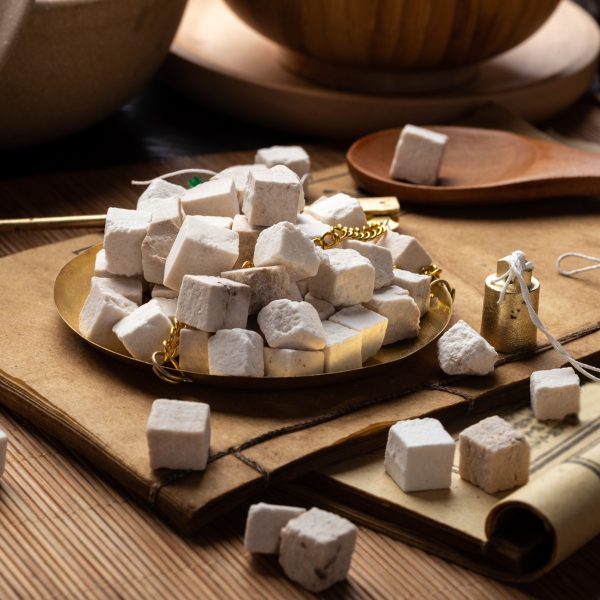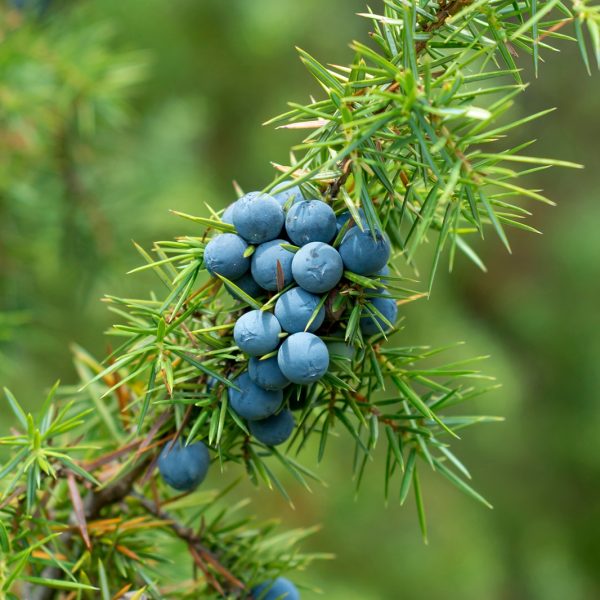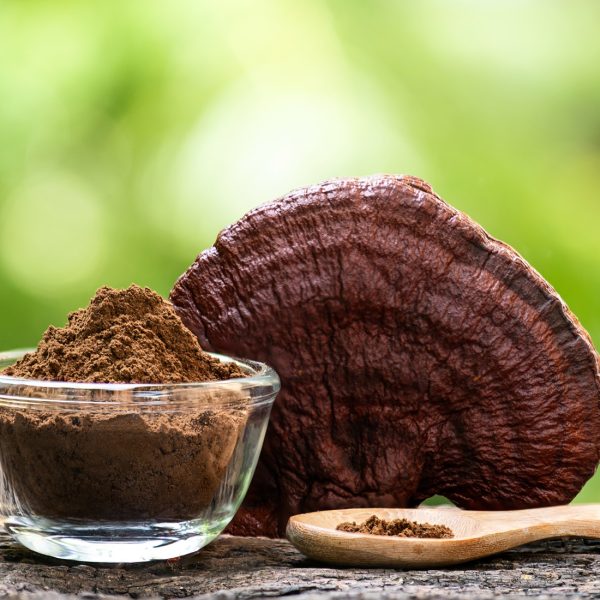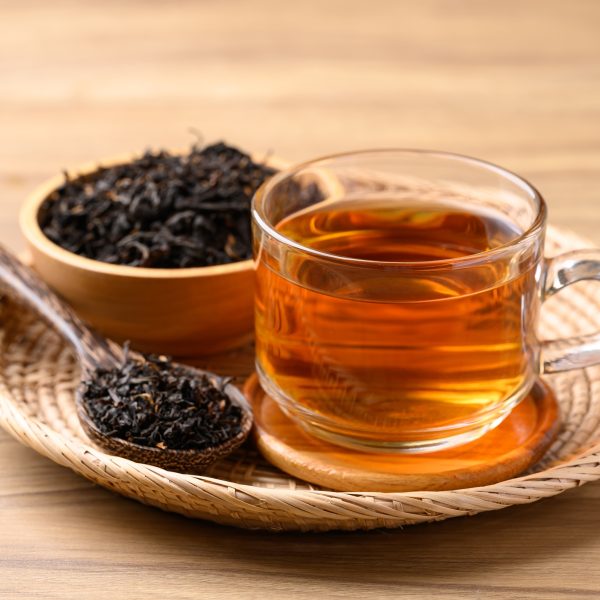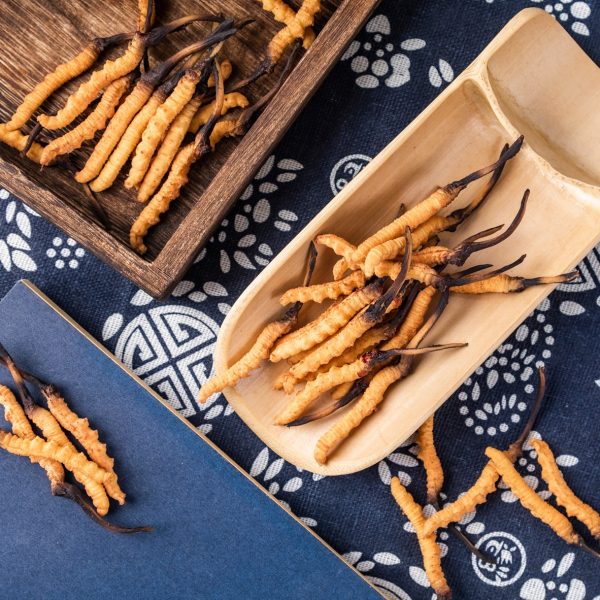Echinacea is one of the most popular plants sold over the counter, as it supports the immune system for all sorts of ailments. However there are 3 different species commonly used, all with different properties. This article explains the difference between them and when it is best to use them.
Into the heart of echinacea
Echinacea is one of the most widely used and well researched Herbal Medicines today. Most popular for its use in treatment of respiratory infections, such as the common cold, influenza, laryngitis and tonsillitis. It also has a reputation as an immune stimulant, often being used to treat viral symptoms and acute infections by enhancing the immune function (1, 2).

There are in fact several species of Echinacea, for most of which there has been little to no chemical or pharmacological research, meaning there is very little known about their medicinal potential scientifically. There are three main species of Echinacea used in Herbal Medicine today. Often referenced together in modern herbal literature as ‘Echinacea spp’.
Echinacea is often used by Herbalists in allergic and autoimmune conditions and in management of infections (4, 5). The Echinaceas are sometimes described, maybe more accurately as immune ‘modulators’ rather than ‘stimulators’. An example of what is often seen in herbal medicine – a moderating effect created by a synergy of the active chemistry rather than a singular mechanism created by one isolated compound.
These most well known members of the Daisy (Asteraceae) family are all commonly named under ‘purple coneflower’. These include; Echinacea purpurea (broad leaved or common purple coneflower), E. angustifolia (narrow leaved purple coneflower) and E. pallida (pale purple coneflower).
The most easily cultivated of the three is E. purpurea making it the most widely used today, it is also popular because all parts of the plant can be used (leaf, flower, seed and root). Most preparations of the Echinaceas are made from the roots of the plant.
The Echinaceas are often referenced together with their actions and applications listed in summary under the heading of ‘Echinacea spp’, which would suggest that they can all be used interchangeably. However, this seems possibly to overlook the variations among them that could, under comparison, suggest otherwise.
There are very few reviews available that compare the actions of the Echinacea spp, this article hopes to assess the available literature and summarise the known information, in hope to either define how each of these plants could be best applied or confirm the assumption that they are medicinally interchangeable. First of all, let’s take a look at the basic photochemistry to investigate any possible variations in their chemical composition.
Phytochemistry of echinacea
A number of active compounds have been isolated in all three species (1,2,3,4,5). Among all three species there is a unanimous presence of the following compounds;
- Essential oils, which lend to Echinaceas distinct (and slightly varied) aromatic qualities.
- Polysaccharides (compounds commonly found to have an effect on the immune system).
- Sesquiterpenes (common constituents found in the Asteracea or Daisy family that effect the immune system and protect against oxidative stress).
- Glycosides
- Inulin
- Resins
- Betaine
The three Echinaceas all have phytochemical (biologically active compounds found in plants) similarities as listed above however there are notable variations, particularly around the identity and concentration of some of the key constituents. The table below shows the variation in presence of some of the more notable compounds present in each species;
| E. purpurea | E. angustifolia | E. pallida | |
| Alkylamides | *** | *** | * (largely absent) |
| Glycosides (Echinacoside) | ** | ** | |
| Chicoric acid | *** | ||
| Cynarin | *** | ||
| Polyacetylenes (EO – essential oil) | *** (a distinctive series) | ||
| Phytosterols | *** | ||
| Polysaccharides (Echinacin) | *** | ** | ** |
| Isobutylalkylamines (incl echinacein) | *** | * | * |
| Fatty acids (oleic, carotid, linoleic, palmitic). | ** |
*** strong concentration ** moderate concentration *mild concentration
There is a clear variation in presence and concentration of a number of the key active compounds in the Echinacea spp. With this in mind, we can start to gain some understanding of the possible diversity in their effects and medicinal applications by exploring the actions of each of these compounds.
Pharmacology of echinacea
- Glycosides (echinacoside) were found to be in the highest concentration in E. angustifolia and E. pallida, largely absent in E. purpurea these compounds display antibiotic and anti-microbial activity (4, 5).

- Alkyladmides, (the compound that produces the tingling in the mouth sensation) are key in Echinaceas immunological activity. These are only present in E. purpurea and E. angustifolia. Alkylamides exhibit immunomodulatory activity (8), an in vivo study found this effect to be seemingly most pronounced in the lungs (9). Many herbalists will say that the presence of the tingling sensation in Echinacea is the sign of a potent and effective medicine.
- Polysaccharides are present in all three Echinaceas, the highest concentration of them however is found in E. purpurea. Polysaccharides are known for their actions in reducing the ability for pathogens (such as bacteria’s and viruses) to penetrate the tissues. Research shows that Polysaccharide compounds work in a number of ways, enhancing virus specific immune function. The polysaccharide fraction present in all three Echinaceas will therefore play a role in Echinaceas ability to reduce viral replication in early stages of a virus (4, 5).
- Polyacetylenes (volatile oils) however are only present in E. Pallida, these compounds are powerfully antibacterial and antifungal (4). Research has also found these compounds to exhibit cytotoxic activity (cytotoxic- an agent that may stop cancer cells from dividing and growing and may cause tumors to shrink in size) (6). The Polyacetylenes are also found to have significant anti-inflammatory effects (7).
- The compound that produces the sharp taste, also responsible for a mild analgesic effect is Isobutylalkylamines (Echinacein), which is shown to be in highest concentration in E. purpurea (4).
In view of the diverse and varied chemical concentrations in each of the three Echinaceas we can see that some unique strengths are held by these plants individually. Chemically E. purpurea and E. angustifolia are most similar, with minor differences in potency and some unique higher concentrations of certain compounds.
By view of the chemistry it may seem that E. pallida is be best applied for infections and inflammations, with a higher presence of antibacterial and anti-fungal compounds. Let’s take a look at what is being said about these three individual plants in the modern and traditional herbal literature.
Availability and use in Western Herbal Medicine

E. purpurea and E. angustifolia are the most widely available over the counter Echinaceas commercially. Both are widely available in dried or tincture form.
Many herbalists use a combination of E. purpurea and E. angustifolia. This is readily available from herbal suppliers as a 50/50 mix, understandably to benefit from their chemical similarity’s, whilst drawing on their unique strengths, adding more potency to the medicine overall.
Both are also readily available separately, however E. pallida is less available overall. Certainly E. pallida is rarely stocked by herbalist suppliers nor commercially in the West.
It is clear that all three are more than valid in a modern Herbalists dispensary and certainly in a home apothecary. Perhaps it is that the former two Echinaceas came into the limelight at an earlier point in time, creating a focus on a number of the compounds that they have in common, as there is also significantly less available literature and research on E. pallida.
Traditional herbal views of the echinaceas
E. purpurea

E. purpurea is mildly sweet and sour in taste and is energetically neutralising (both displaying warming and cooling actions). Cooling could be explained by the removal of toxicity (inflammation- heat) from the blood, yet warming by its energetic nature in allowing balanced regulation of blood temperature (2).
Whole plant preparations were shown to be effective in treatment of allergies (4) also modulating the immune function in autoimmunity (5).
E. purpurea is traditionally referred to as a potent blood tonic, both acting on detoxification of the blood and the liver. Enhancing the liver function to remove waste and toxicity, also raises the liver metabolism which enables balanced regulation of blood temperature whilst reducing inflammation in the body (2).
E. angustifolia

With a moderate pungency and mildly bitter tones, E. angustifolia exhibits a cooling effect, much the same as E. purpurea, by its action to detoxify the blood and lymphatic systems (10).
Traditionally E. angustifolia is held in high esteem for use as a blood tonic, specifically in treatment of toxic conditions of the blood. Both elevating the natural defence immunity in the circulation and aiding in the removal of toxins from the blood and lymphatic systems (5, 8, 10).
Applied for both internal and external, viral and bacterial infections, preventing the spread of infection and aiding in repair of tissue damaged by infection (5).
Specific for use in treatment of the common cold, influenza particularly where the lungs are indicated (3), 8).
E. pallida

It seems less common where the Echinaceas are discussed within modern herbals to find separate information about E. pallida, although it is almost always included under the generalised information about the Echinacea spp. In cases where the Echinaceas are discussed in separate monographs, often the focus seems to set either upon E. purpurea or E. angustifolia, but rarely E. pallida alone.
However, in the limited information available E. pallida is often referred to as most specific in supportive treatment for influenza and the common cold (11). Reducing the symptoms and lessening the duration of upper respiratory tract infections (12). In view of the chemical composition as listed above, it was also seem E. pallida could hold some value in supportive treatment of cellular abnormalities and cancer, in an integrated approach with other treatments, and also in bacterial and fungal infections (6).
Safety of echinacea
Echinacea is safe for most people, including those with immune problems, though it is wise to avoid if on strong immunosuppressive prescriptions.
Echinacea is in the Asteraceae plant family, and occasionally people exhibit allergic reactions to plants in this family (including daisies and chamomile). If a child has a known allergy to this plant then it is best to avoid giving them echinacea.
In 2012 a warning was issued by the MHRA that as a precautionary measure the remedy echinacea should not be given to children under 12 years old, due to a small risk of a severe allergic reaction which outweighed any benefits (5). However, since this time, there has been research demonstrating the significant benefits of echinacea for children in reducing RTI’s and subsequent antibiotic use with minimal allergic reactions within the study group (6). This was based on a specific extract of echinacea, but suggests that unless there is a specific known allergy to this plant family then echinacea can have many benefits to children’s immunity.
Conclusion
Many herbalists use a combination of E. purpurea and E. angustifolia. Seemingly the combination of these two plants in a medicine creates a good balance of the most desirable compounds, at least in terms of immunological activity. Creating a medicine with potent anti microbial and antiviral action, that can be used broadly.

All three Echinaceas clearly hold great value in treatment of respiratory tract infections. Perhaps E. purpurea and E. angustifolia more specifically for their immunomoduatory effects, blood conditions and infections.
Where E. pallida is possibly most appropriate for management of milder respiratory tract infections, and fungal infections. There could also be a case, given the chemical similarities of E. angustifolia and E. pallida for combining the two to access higher overall concentrations of antibiotic compounds, creating a higher potency for the treatment of bacterial and fungal infections.
On review of the available pharmacological and traditional data on each plant, it is not entirely possible to conclude on separate applications for these medicines, however it is clear that they are all highly valuable medicines for treatment of infections. Perhaps they can all lend to each other in combination where required, adding to their strengths to create a more potent overall effect. Many herbal medicines are enhanced or altered by combining with other plants and it seems clear that the Echinaceas are no stranger to this notion.
As ever when working one to one with a patient, a herbalist will create a tailored approach, where the full picture of health and imbalance can be addressed, combining herbs that best suit the constitution and circumstances of the individual to create a lasting resolution. Check out our page where to find a herbalist.
If nothing else, the differences in chemical concentrations among the Echinaceas may suggest a case for an enhancing companionship between them, on the basis of what is being addressed in the individual case, selecting herbs that harmonise to best support the specific presentation of the patient.
References
- Bone, K. and Mills, S. (2013). Principles and practice of Phytotherapy modern Herbal Medicine. 2nd ed. Edinburgh Churchill Livingstone, Elsevier.
- Kenner, D. and Yves Requena (2001). Botanical medicine : a European professional perspective. Brookline, Mass.: Paradigm Publications.
- Spelman, K. (n.d.). Echinacea spp.: A Monograph & What’s New. [online] Available at: https://www.americanherbalistsguild.com/sites/default/files/spelman_kevin_-_echinacea_update.pdf.
- Mills, S.Y. (1993). The Essential Book of Herbal Medicine. Editorial: Penguin.
- Hoffmann, D. (2003). Medical Herbalism – principles and practices. Inner Traditions Bear And Comp.
- Chicca, A. et al (2008). Cytotoxic activity of polyacetylenes and polyenes isolated from roots of Echinacea pallida. British Journal of Pharmacology, [online] issue 153(5). Available at: https://pubmed.ncbi.nlm.nih.gov/18193076/ [Accessed 18 Jan. 2022].
- Feizlmayr, E. et al. (2009). Polyacetylenes and polyenes from Echinacea pallida and their anti-inflammatory activity in vitro. Planta Medica. Issue 75. volume 9.
- Cech, N. et al. (2006). Liver Enzyme-Mediated Oxidation of Echinacea purpurea Alkylamides: Production of Novel Metabolites and Changes in Immunomodulatory Activity. Planta Medica, issue 72. Volume 15.
- Goel, V. et al. (2002). Alkylamides of Echinacea purpurea stimulate alveolar macrophage function in normal rats. International Immunopharmacology, Volume 2. Issue 2-3).
- Frawley, D. and Vasant Lad (2016). The yoga of herbs : an Ayurvedic guide to herbal medicine. Delhi: Motilal Banarsidass.
- British Herbal Medicine Association. Scientific Committee (2003). A guide to traditional herbal medicines : a sourcebook of accepted traditional uses of medicinal plants within Europe. London: British Herbal Medicine Association.
- Government of Canada, H.C. (2004). Monograph. [online] webprod.hc-sc.gc.ca. Available at: http://webprod.hc-sc.gc.ca/nhpid-bdipsn/monoReq.do?id=79&lang=eng.
- 13. Pizzorno J, Murray M, Joiner-Bey H, The Clinician’s Handbook of Natural Medicine. 2nd ed. St Loius, Missouri: Churchill Livingstone Elsevier; 2008.
- 14. F, Paparo L, Nocerino R. et al. Specific gut microbiome signatures and the associated pro-inflamatory functions are linked to pediatric allergy and acquisition of immune tolerance. Nat Commun, 12:5958;2021. https://doi.org/10.1038/s41467-021-26266-z

